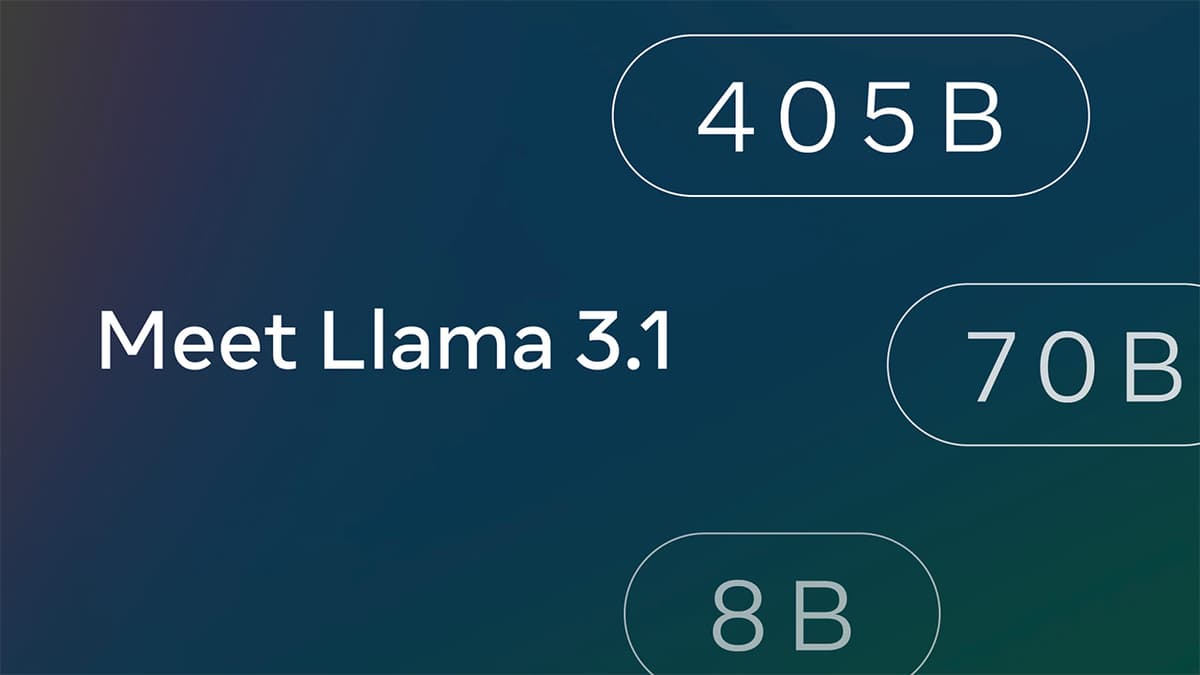Comprehensive React Tutorial
In the fast-paced world of web development, React has emerged as one of the leading libraries for building dynamic and interactive user interfaces. Created by Facebook, React allows developers to create large web applications that can change data without reloading the page. This article provides an introduction to React, explaining its core concepts, and offering some handy code examples.
Why Choose React?
React is popular because it simplifies the process of building complex UIs by breaking them down into reusable components. Some key benefits of using React include:
- Component-Based: React promotes the development of reusable components which can be managed independently.
- Virtual DOM: React uses a virtual DOM to improve performance. Instead of updating the actual DOM, React updates a virtual counterpart, minimizing performance bottlenecks.
- Declarative: React makes it easy to design interactive UIs by allowing developers to describe how the UI should look based on the current state.
Getting Started with React
Setting Up Your Environment
To start with React, ensure you have Node.js installed on your machine. Once Node.js is installed, you can use its package manager, npm, to install create-react-app, a command-line tool for creating new React applications:
Sh
Running these commands initializes a new React application in a folder called my-react-app and starts the development server. Open your browser and navigate to http://localhost:3000 to see your new React app in action.
Understanding React Components
React is all about building components. A component in React can be a JavaScript function or class that optionally accepts inputs (known as "props") and returns a React element that describes how a section of the UI should appear.
Functional Components
Starting with functional components, here’s a simple example of a functional component that renders a greeting message:
Jsx
You can use this Greeting component in your application like this:
Jsx
Class Components
Class components are another way to create components in React. They are ES6 classes that extend from React.Component and must have a render method that returns JSX. Here’s the equivalent Greeting component as a class:
Jsx
State and Lifecycle
Components can have “state” which is a way to maintain information that may change over time. Class components use this.state to setup the initial state and this.setState to update the state.
Jsx
Functional components with hooks introduced in React 16.8 provide a simpler way to handle state and lifecycle:
Jsx
Prop-Drilling and Context API
In more complex applications, passing props through multiple levels of components (known as prop drilling) can become cumbersome. React's Context API provides a way to share values between components without the need for explicit prop drilling.
Jsx
React Router
For navigation in a React application, react-router-dom is a helpful library. It allows you to define routes in your application and navigate between them seamlessly. Install it using npm:
Sh
Here’s a basic example of implementing routing:
Jsx
React is a powerful library for building web applications. Its component-based architecture and robust ecosystem make it a highly desirable skill for modern web developers. By understanding the basics outlined above, you are well on your way to creating your own dynamic and responsive user interfaces. For more information, check out the official React documentation which offers comprehensive guides and tutorials. Happy coding!












